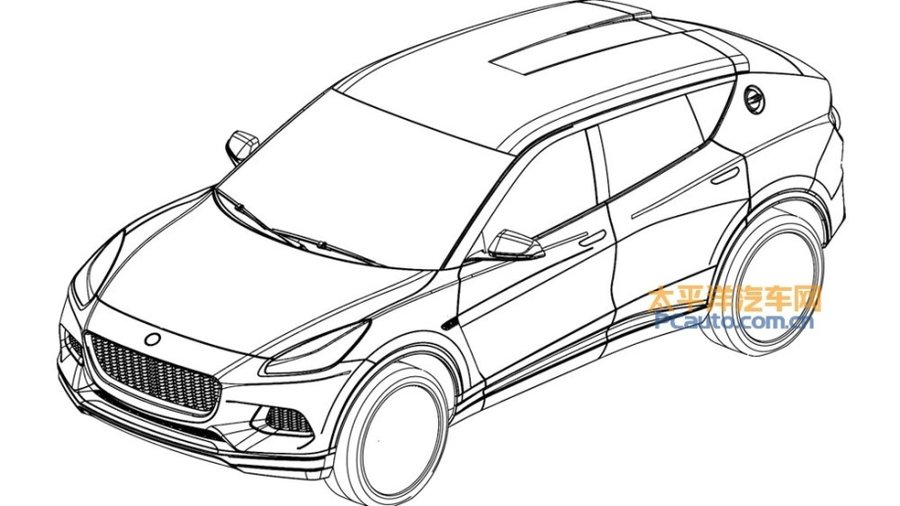Not because we've been insomniac with anticipation of a people-hauler from Hethel, but because we've had at least three years to prepare. Make that ten years if you start the clock from when Lotus blitzed the 2006 Paris Motor Show with the seven-seat APX concept in 2006. The APX first brandished the company's Versatile Vehicle Architecture (VVA). An evolution of that VVA - which can withstand a 3,520-pound curb weight - still supports the Evora. In 2015, when Malaysian carmaker Proton owned Lotus, Lotus CEO Mark Gales announced an SUV already in development that would be "the fastest and most agile" of its kind, and target the Porsche Macan. Now, with a new owner, better sales, and much bigger profits, we get a clearer view of what this slow-cooked, swoopy Lotus van might bring.
The front clip, center roof channel, what look like bulging rear wheel arches, and the taillight treatment establish Lotus ties. The side view stands as notable for its rear window treatment and high-altitude fuel filler cap, both design elements echoing the 1974 Lotus Elite and foreshadowed by Gales two years ago. Tech rumors posit a Toyota-sourced four-cylinder engine and a 1,600-kilogram curb weight objective. That's 3,520 pounds in US speak, yet with a new car range in the works and more Geely-funded tools to choose from, the SUV won't use the aged Versatile Vehicle Architecture. If Lotus succeeds at the scales, the SUV would subtract roughly 1,000 pounds from a Porsche Macan. As Gales told Top Gear earlier this month, "[W]hat an Evora is to a 911 our SUV needs to be to a Cayenne."
Intended for global export, Lotus plans to manufacture the SUV in China, and we're likely four years away from an on-sale date. Although we're promised the family offering will handle "like nothing else," it won't be a sports car, and only Lotus sports cars are welcome at Hethel.
Related News

